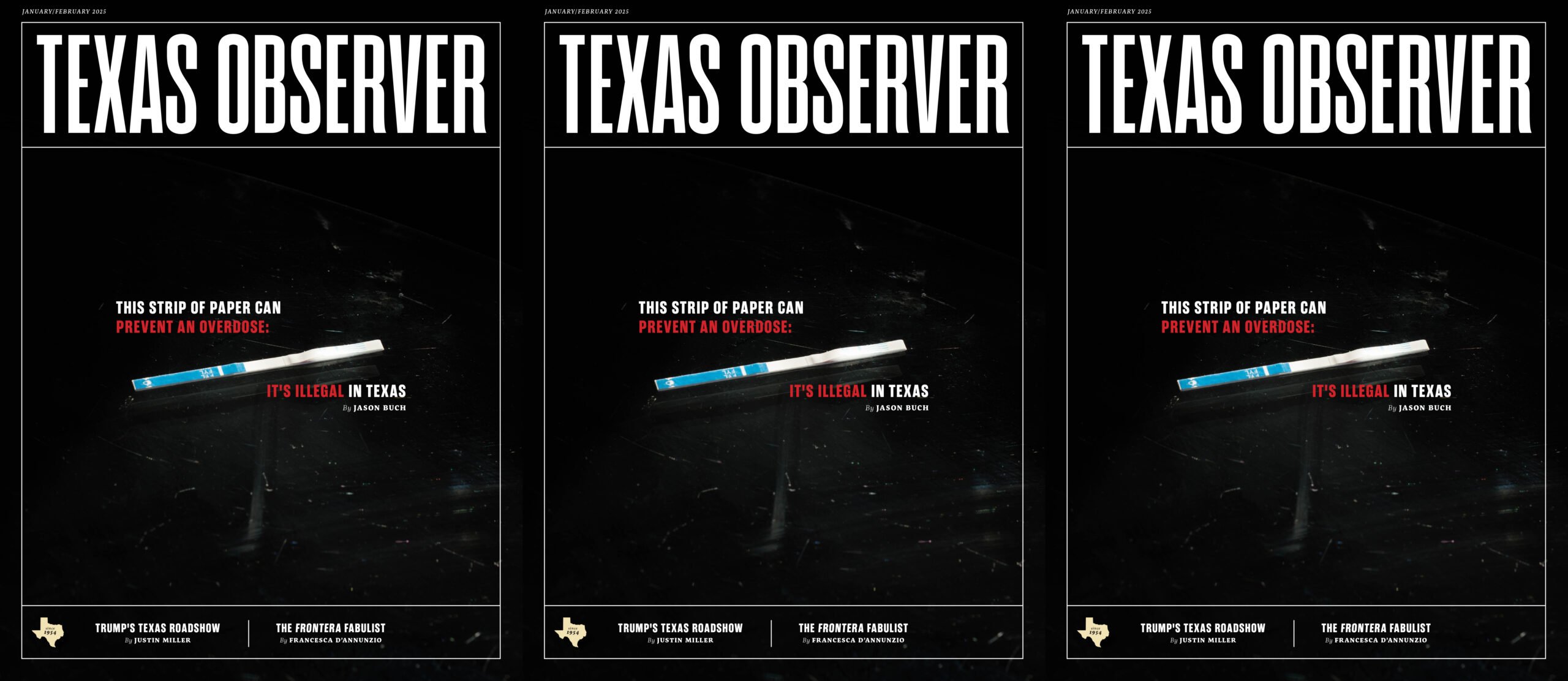What’s Another 10% Budget Cut?
Perry, Dewhurst & Straus are setting the stage for permanent austerity in Texas

If there were any lingering doubts that state government in Texas is in a permanent state of austerity, they should’ve been erased today. The Big Three — House Speaker Joe Straus, Lt. Gov. David Dewhurst and Gov. Rick Perry — directed state agencies to draft budgets for 2014-2015 that freeze spending or even cut another 10 percent.
In a letter from the Legislative Budget Board and the governor’s office, agencies were told to prepare budgets based on this biennium’s spending and to also consider how they could cut an additional 10 percent. That’s 10 percent off the extreme budget passed by the Texas Legislature in 2011, the one that “balanced” with a combination of deep cuts, including $4 billion to public education, and accounting gimmicks.
“Unlike Washington, where spending increases are automatic, Texas has maintained a balanced budget by forcing government to look for savings first,” said Dewhurst.
While it could’ve been more severe — Perry & Co. could have made agency cuts mandatory — the perennial budget-cutting is starting to look like a feature, not a bug, of state government. Or at least what’s left of it.
“We just get further and further from reality every two years,” said Eva de Luna Castro, a budget guru with the Center for Public Policy Priorities. Over time, she said, the instructions for budget-writers have become more and more focused of cuts. It’s been 20 years since agencies were told to consider the realities of a booming state.
Population growth means an increased need for services. There are more kids in school, more miles driven on Texas’ roads, more people consuming more water, more students attending college. Yet there is no provision to accommodate this growth. A freeze in spending can translate into a surge in caseloads for CPS investigators, longer waiting periods for disabled elderly folks who need home health-care, rising tuition costs at squeezed universities, just to name a few.
“For agencies that took a huge hit [last biennium] it’s more and more difficult to come up with a list of things to cut,” said de Luna Castro.
The legislative leaders did exempt some areas of the budget from austerity: core health programs like the Childrens Health Insurance Program (CHIP) and Medicaid, the state’s contribution to pensions, and the Foundation School Program, which funds public schools. However, de Luna Castro said the ambiguous language in the letter leaves much open to interpretation. She said that public school officials are already thinking that “maintain funding for the Foundation School Program” actually means to expect that the $4 billion cut to public education is now permanent.
The big question is how the Legislature will treat the Rainy Day Fund. Legislators could use it to cover billions in Medicaid IOUs. If so, and healthy tax revenues continue apace, then we may avoid another round of to-the-marrow cuts. If, however, the Perry blueprint prevails — laid out in his Grover Norquist-style “Texas Budget Compact” — then the Rainy Day Fund may remain largely untouched. In that case, those tax revenues could be consumed by the Medicaid IOUs. (Oh, and did I mention there’s a permanent structural deficit of $10 billion that’s remained unfixed for six years running?) That would set things up nicely for another trip down Austerity Lane in 2013.


